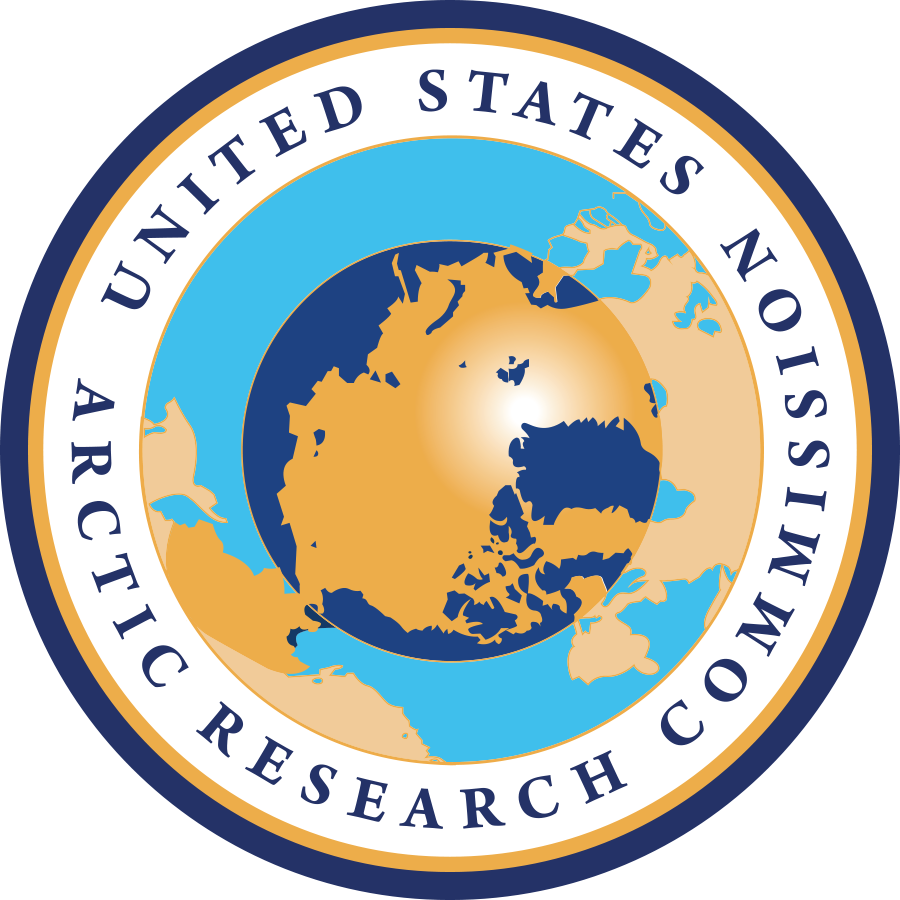Alaska Rural Water and Sanitation Working Group
A USARC-Coordinated Working Group
January 19, 2018 | Anchorage, AK
Eighth Annual Water and Sanitation Innovations for the Arctic Workshop
Investigating the Impacts of Inadequate Water Provision in Rural Alaskan Households
An ALPHA Post-Summit Session Workshop co-sponsored by the US Arctic Research Commission and the Centers for Disease Control and Prevention.
Within Alaska there are significant health disparities related to the lack of access to in- home water and sewer services. This inequity is particularly felt in remote villages. There is strong evidence that in-home water and sewer service is linked to better health. Research in Alaska has shown that infection rates are higher among persons living without running water for respiratory, skin, invasive bacterial, intestinal infections, and dental disease- many of which incur high treatment costs which are primarily covered by State and Federal programs. However, these costs are not limited to the provision of health care. Lost work days caring for a sick child, weeks of school missed because of an illness, or less time available for other household chores due to water hauling tasks are unaccounted for “costs” that result in significant impacts on an individual and/or household.
Health economics is a branch of economics concerned with issues related to efficiency, effectiveness, value and behavior in the production and consumption of health and healthcare. As part of an evaluation of the impacts of lack of access to in-home water and sewer services, our working group proposes to gather input from “end users” on how their lives changed after provision of adequate amounts of affordable clean water (i.e., when a piped or haul system was installed in their community). In addition, our working group will work with the school districts in the primary unserved areas of the State to compare attendance rates between villages with and without access to in-home water and sewer service. This information is critical for placing a value on the true cost of inadequate water provision – using both direct and indirect impacts as part of the analysis. This will help to better inform economic analyses of rural water and sanitation deficiencies and will provide policymakers with a better estimate of the true benefits conferred via the installation of rural water systems, as well as the costs associated with delaying installation or deferring maintenance on existing systems.
Presentations
Water, Sanitation and Health in Alaska: A Brief Review of the Evidence
– by Tom Hennessy, MD, MPH
Ripple Effects Mapping: A Participatory Evaluation
– by Debra Hansen, M.Ed. & Rebecca Sero, Ph.D.
HS Graduation and Piped Water
– by Tim Thomas, Peter Holck, Moriah Mathson
Dental Caries in Served and Unserved Alaskan communities: Analysis of the Yukon-Kuskokwim Oral Health Surveillance Data
– by Timothy K. Thomas, MD & Gretchen Day, MPH & Jonathan Newman, MPH & Dane Lenaker, DMD, MPH & Peter Holck, PhD
Valuing the Benefits of Water and Sanitation Interventions: An Economic Perspective
– by Dr. David Fuente
Dynamic Household Water Insecurity
– by Dr. Laura Eichelberger, PhD, MPH
Home | About | Publications | Working Groups | News & Events | Policies | Photo Credits | Privacy
Looking for U.S. government information and services? Visit USA.gov
Connect
Looking for U.S. government information and services? Visit USA.gov


